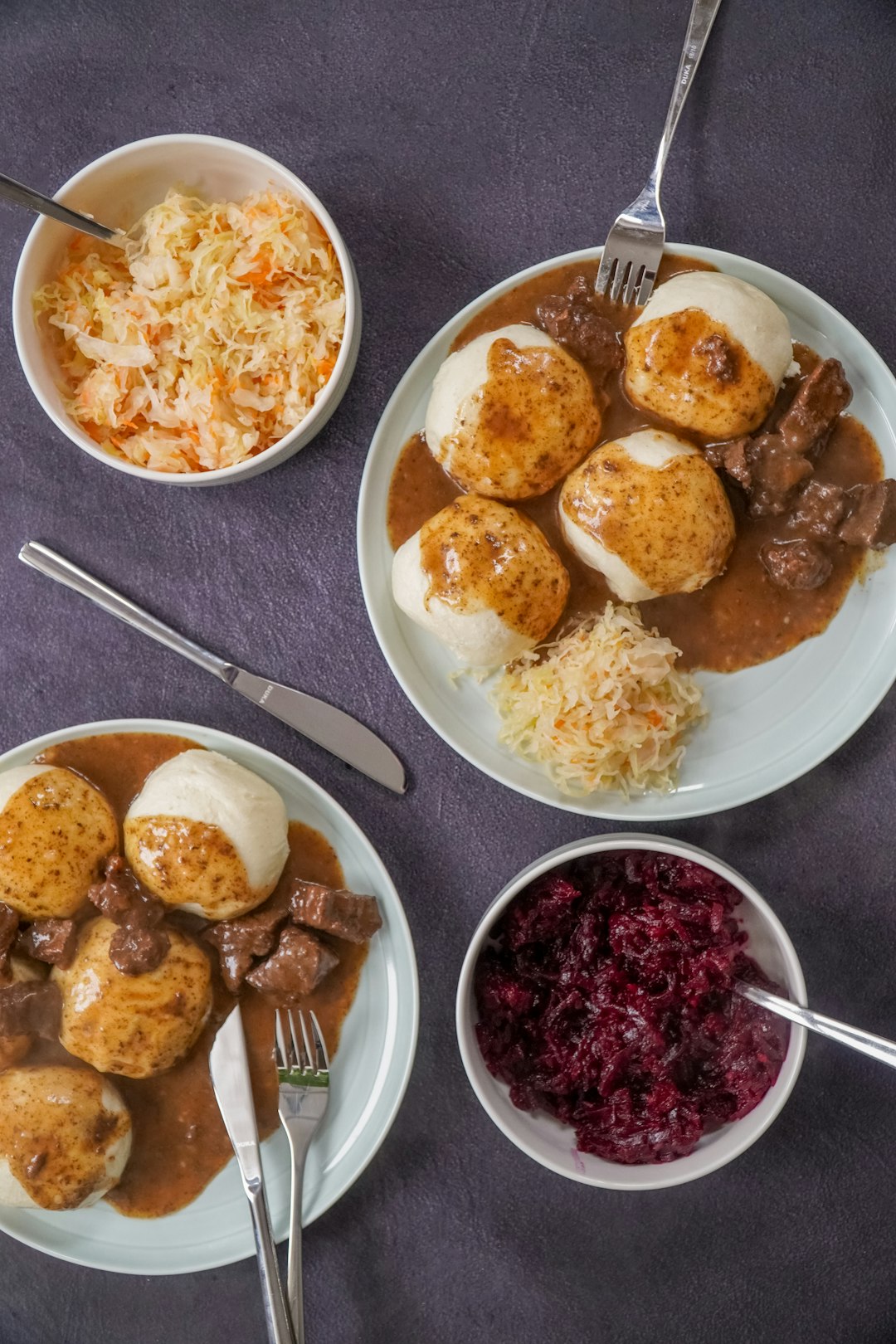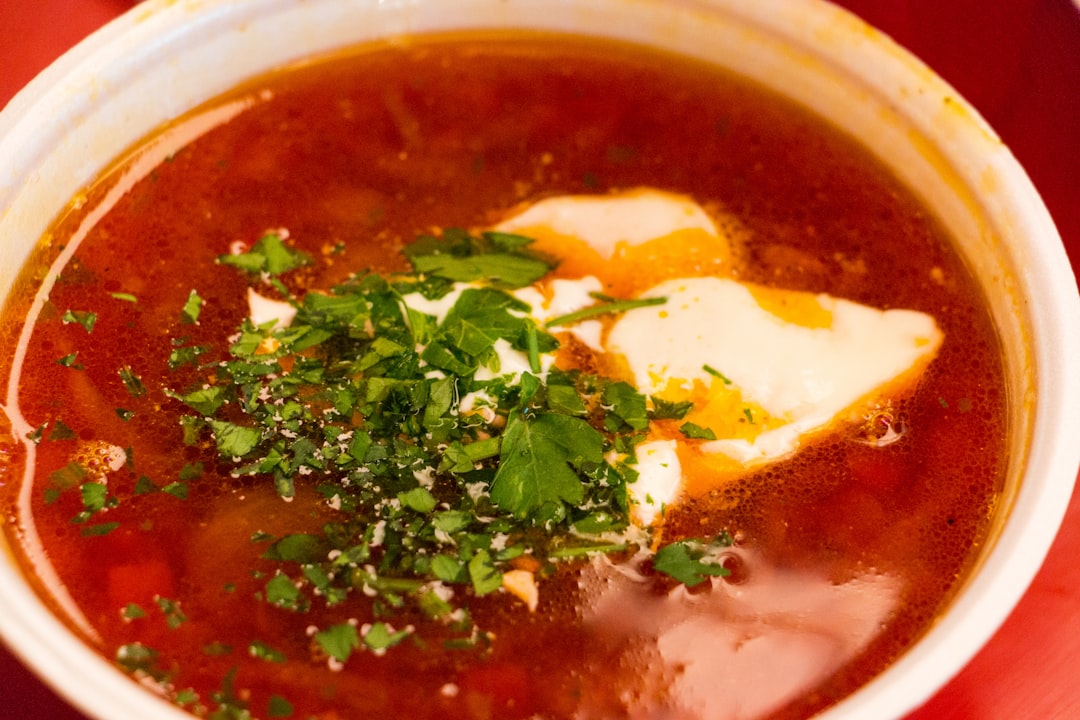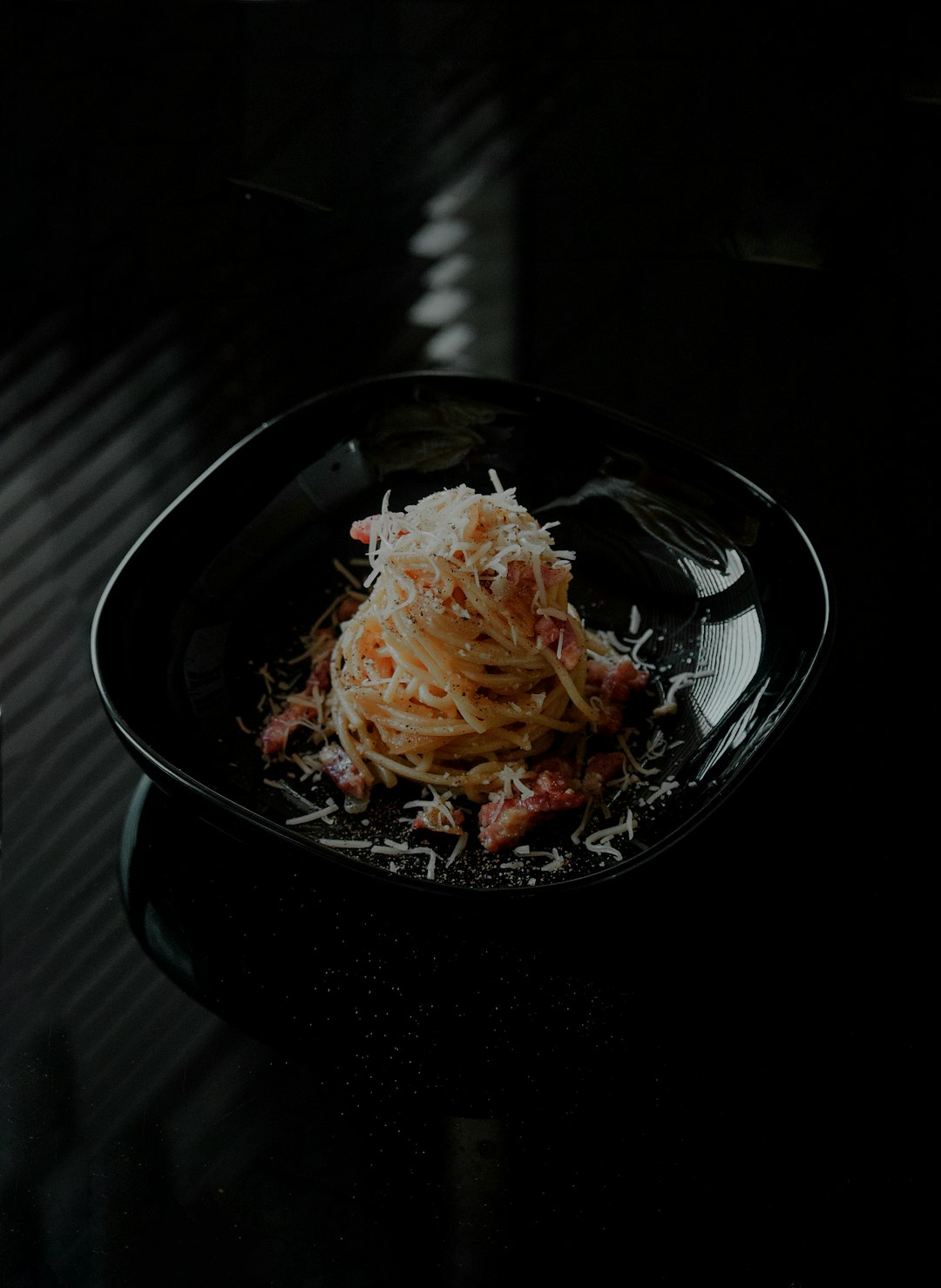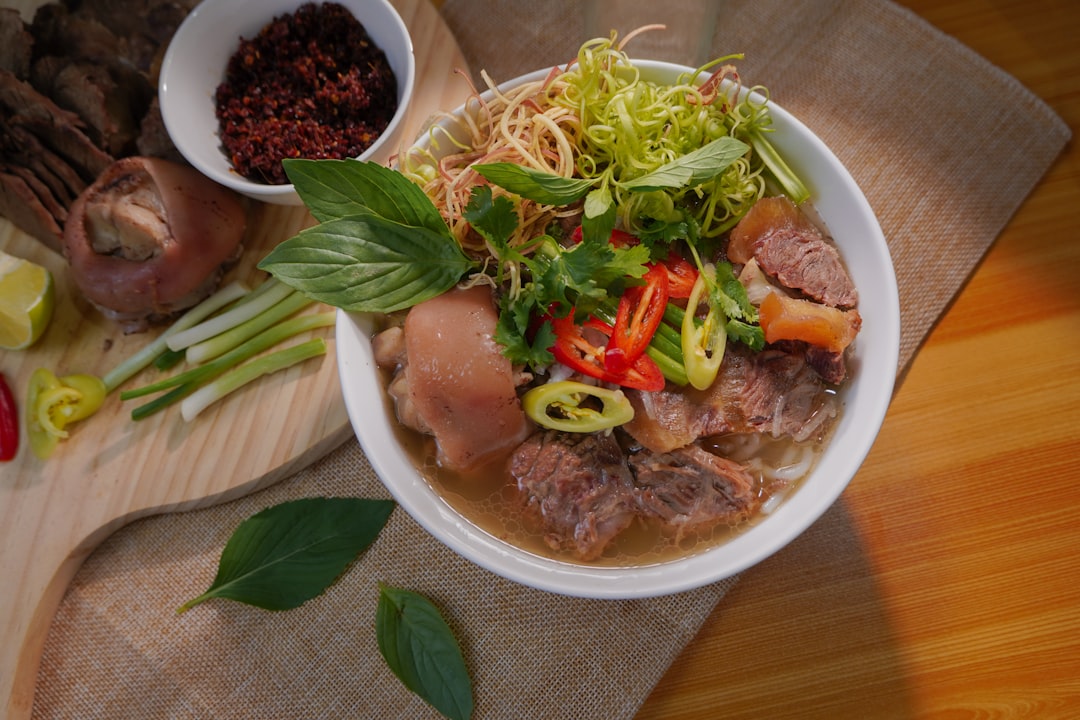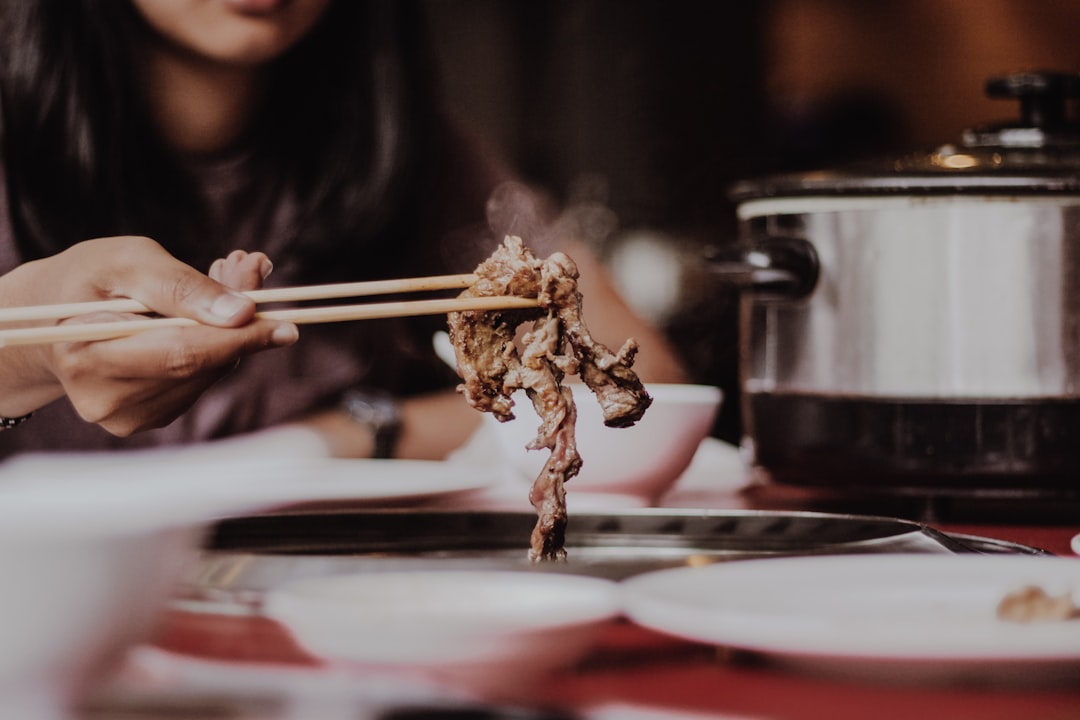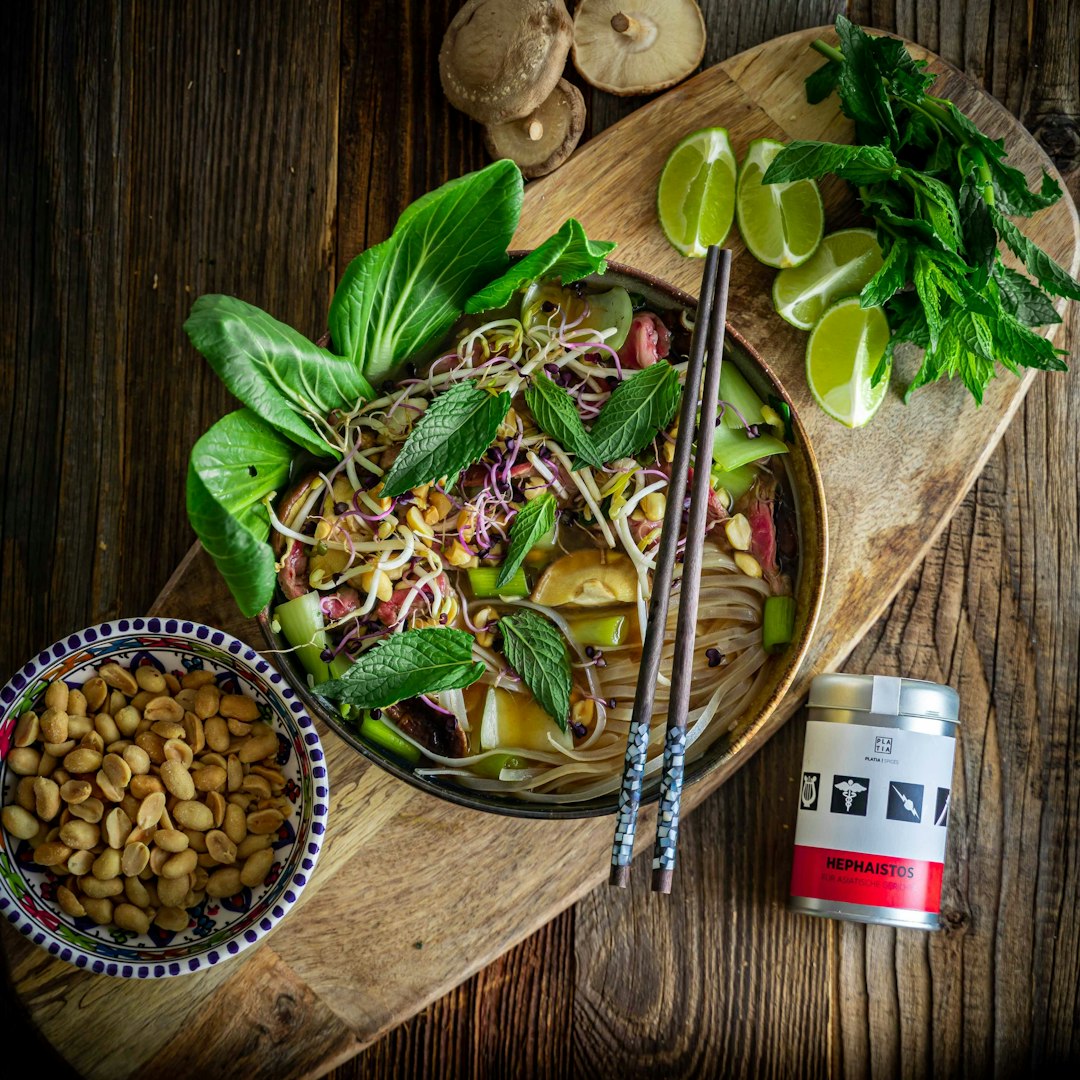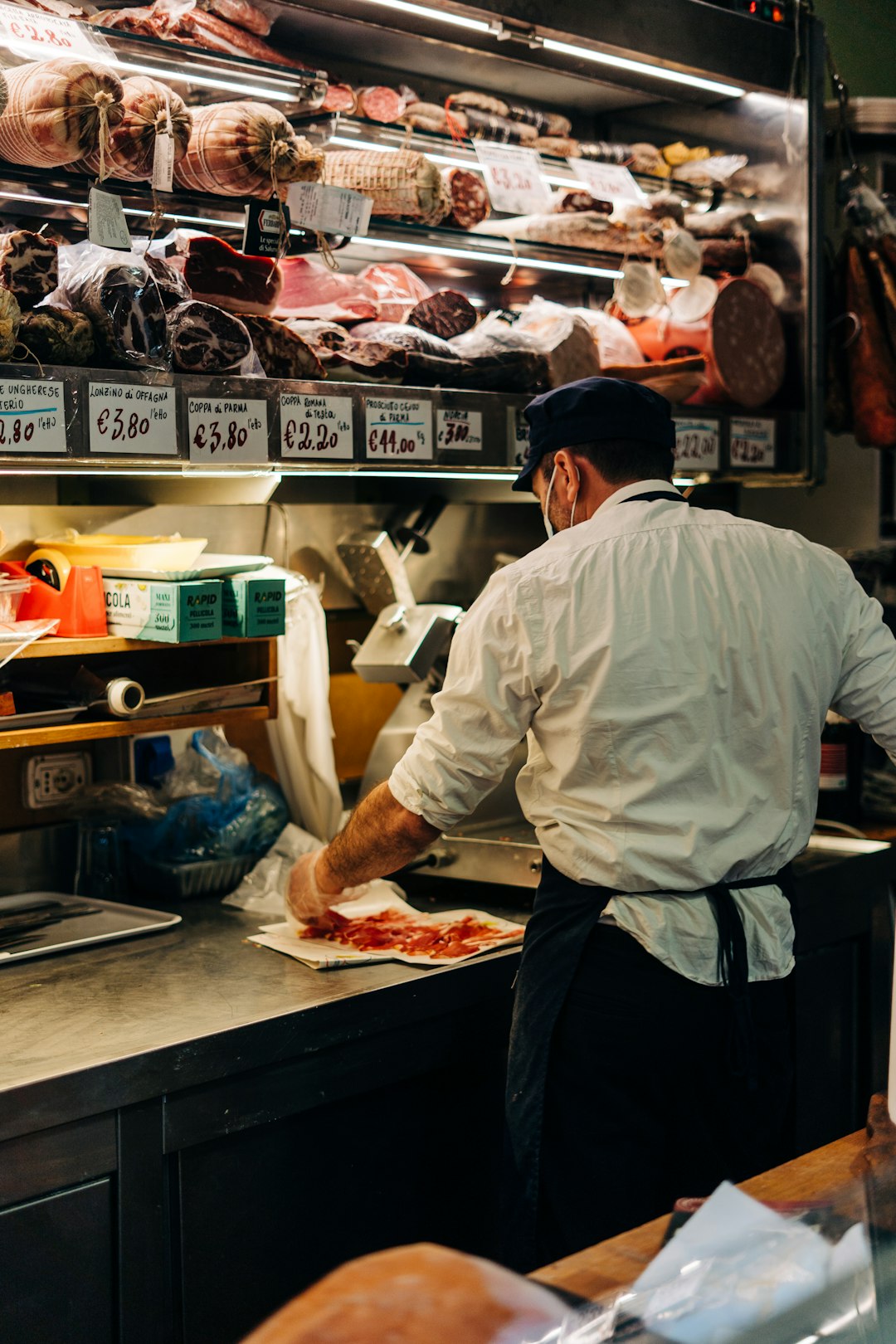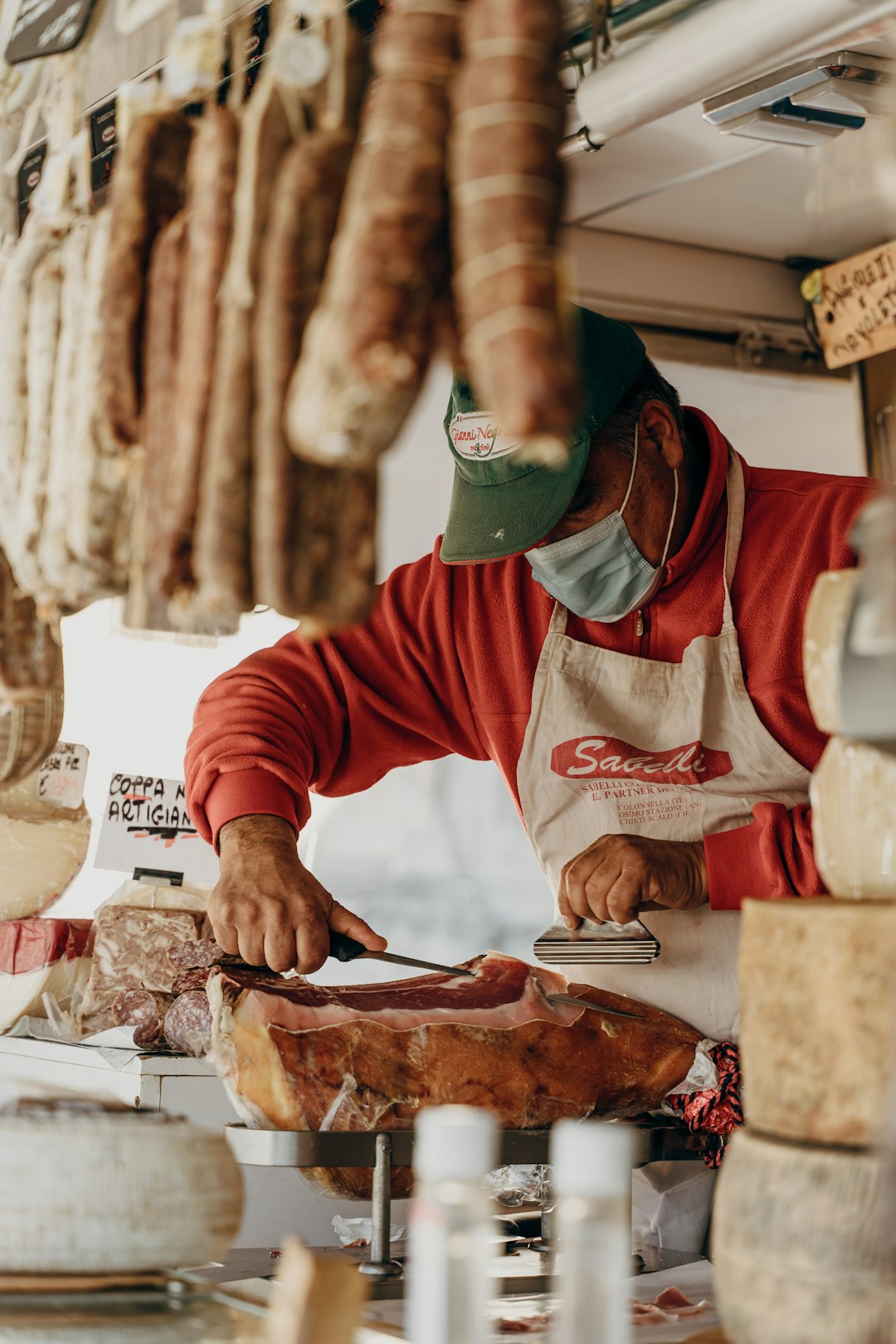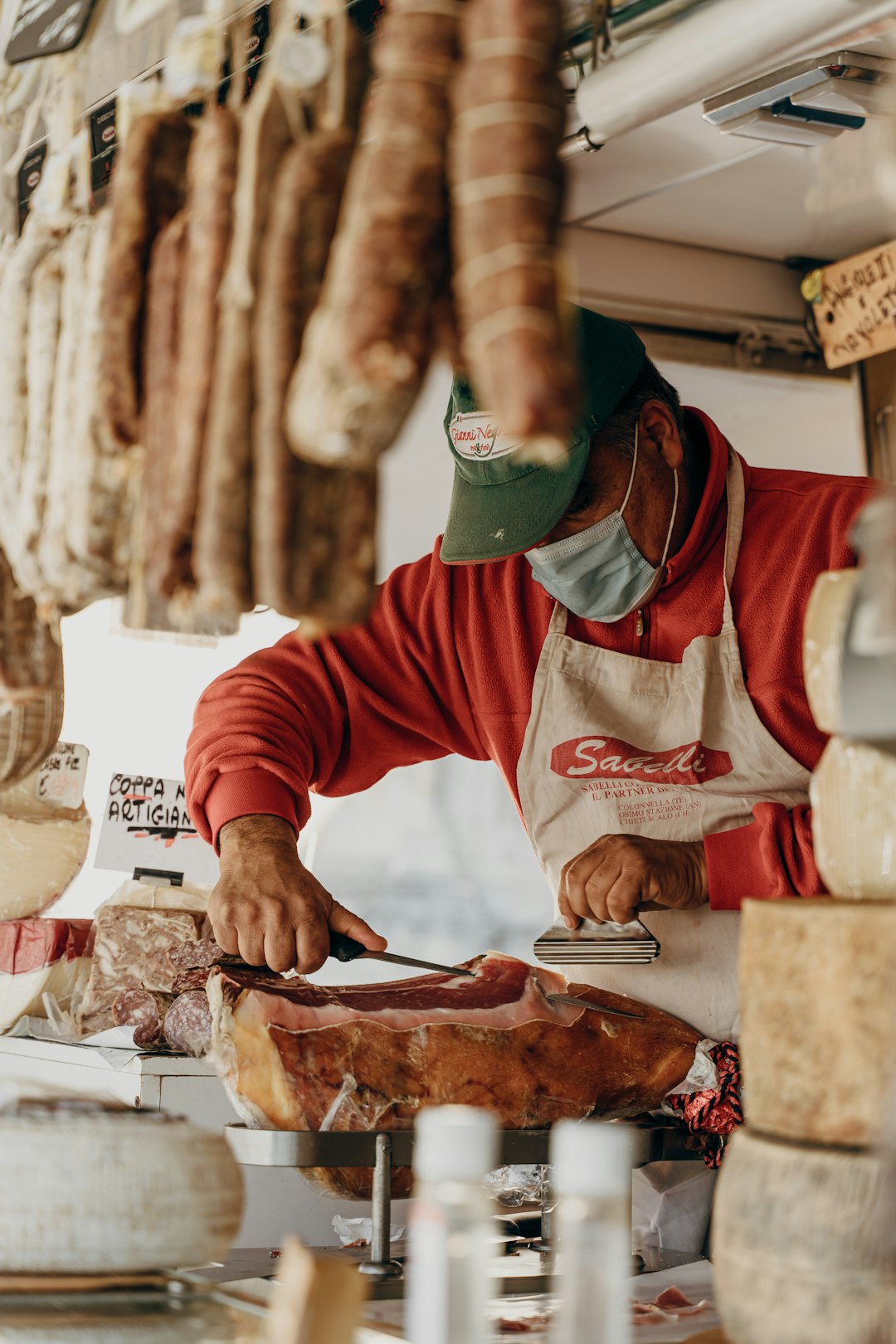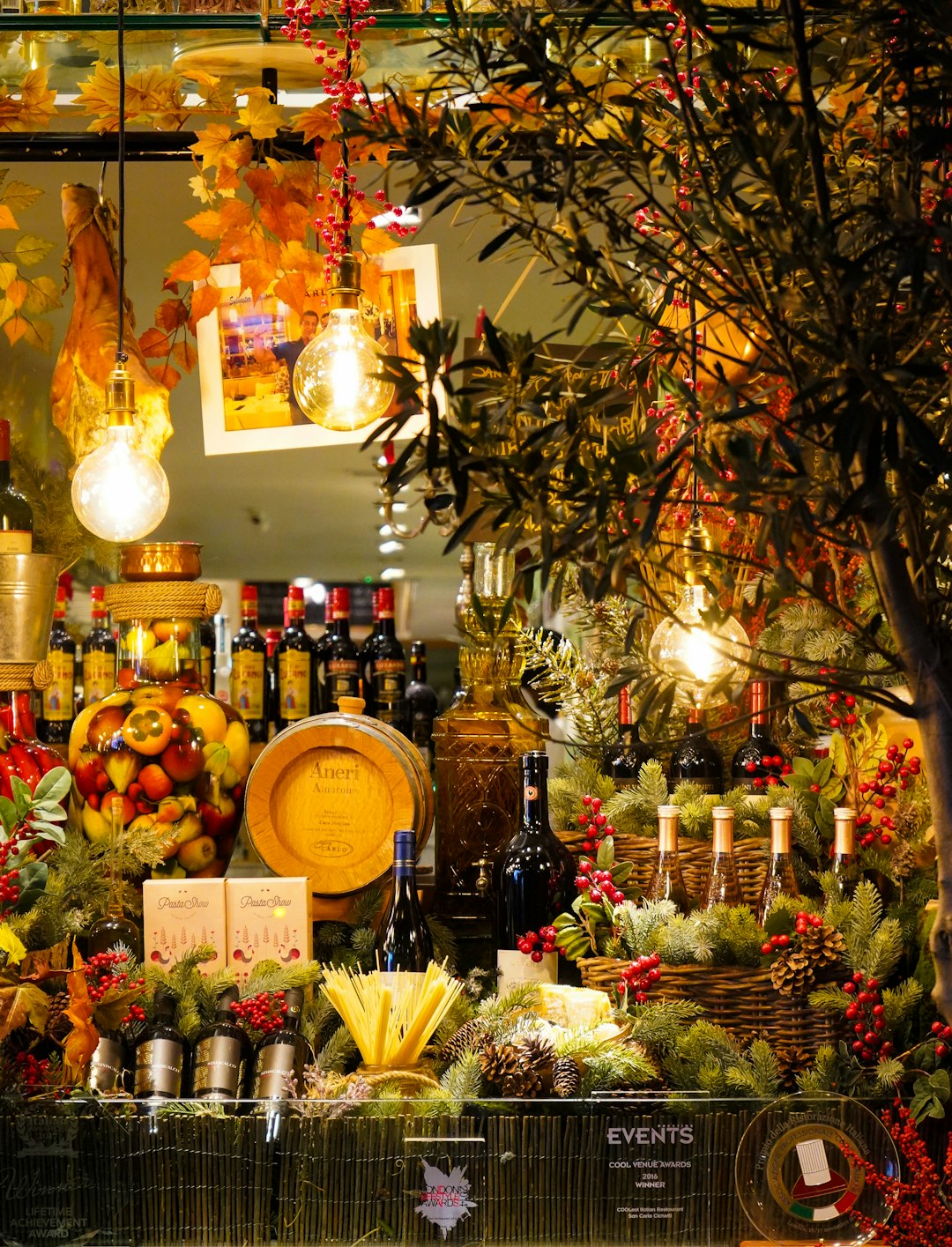Meat
At the same time, the world has become increasingly conscious of the environmental and social implications of our carnivorous cravings. A glance at the statistics reveals why: Meat production accounts for nearly 15% of global greenhouse gas emissions, according to the United Nations Food and Agriculture Organization. In addition, animal agriculture topics such as animal welfare, antibiotic resistance, and deforestation have become hot-button issues among consumers and producers alike.
Despite this awareness, there are some benefits to eating meat that shouldn’t be overlooked. Well-balanced diets rich in lean proteins can play a key role in protecting against chronic diseases such as obesity, type 2 diabetes, and high cholesterol. In addition, the dietary needs of many cultures and religions require the consumption of certain types of meat.
Ultimately, it is up to the individual to decide whether or not to partake of meat. However, choosing to do so comes with a certain level of responsibility. Opting for sustainable and humanely raised meats when available helps ensure that the impacts of our decisions on the animals, people, and planet are minimized. With thoughtful consideration of these issues, we can continue to enjoy the tantalizing flavors of top-notch steak, poultry, and other forms of meat while still doing our part to create a greener and more just future.
Meat dishes
A selection of Meat dishes.
Goulash
Goulash (also known as gulyás, gulyas or gulas) is a classic Hungarian soup that has gained tremendous renown across the world. Its unique fusion of savory broth and hearty chunks of beef, potatoes and vegetables has proved irresistible to generations of food lovers.
GoulashBorscht
Borscht—a traditional dish of Eastern European ancestry and a sure favorite among many. Its humble beginnings are rooted in Ukraine, where it's been enjoyed for centuries as a nourishing, comforting bowl of nature's best ingredients. But what is borscht?
BorschtGuanciale
Guanciale is a unique and flavorful Italian delicacy whose culinary origins can be traced back centuries. The dish is composed of cured pig jowl and is typically served in thin slices and enjoyed with pasta, vegetables, and other accompaniments. The flavor of Guanciale has been described as “pungent” and “earthy” with an almost “smoky” hint. This is due to the curing process which involves salt, pepper, and other spices being used to bring out the best flavors.
GuancialeMortadella
Ah, mortadella. Part of the classic Italian culinary trifecta of cured meats, along with prosciutto and salami, it is a delightful mixture of pork and spices, often served chilled or at room temperature. Despite its popularity in the United States, this wobbly, partially cooked delight has been part of the Italian culinary lexicon for centuries, and while you can now find it all over the world, it was born in the Italian city of Bologna, which, coincidentally, is where the name "mortadella" comes from.
MortadellaBun bo Hue
As a connoisseur of Vietnamese cuisine, I cannot overstate the scrumptiousness of Bun bo Hue. This mighty dish originated in the ancient city of Hue, located in central Vietnam, and consists of a savory broth that is spiced to perfection with a balance of lemongrass and chili paste. The base of the soup is rice vermicelli, topped with a generous helping of thinly sliced beef shank and pork knuckle. If you’re lucky enough to find it, there may even be an additional topping of beef blood cubes, or sanguine slices as some call it.
Bun bo HueMachaca
Ah, the delectable machaca – a Mexican dish that is both savory and scrumptious. It consists of smoked, shredded beef (or, in some cases, pork) that is simmered in a variety of herbs and spices. Machaca is a versatile dish – it can be enjoyed as breakfast tacos, burritos, or as a stand-alone entrée.
MachacaYakiniku
Mouths began to water as the succulent smell of Japanese-style barbecue drifted through the restaurant, Yakiniku slowly joining the conversation of gustatory delight. This classic dish – literally meaning “grilled meat” – is a timeless favorite of Japan, offering a satisfyingly savory meal.
YakinikuCacciatore
Cacciatore (Italian for "hunter-style") is a savoury and tantalizing Italian dish hailing from the regions of Rome and Florence. It is a hearty and robust one-pot dish made with a base of tomatoes, onions and peppers, and traditionally includes the addition of mushrooms, olives and herbs such as oregano, rosemary and thyme. The list of ingredients might vary between different families and home cooks, but the end result is always infused with an irresistible aroma that will bring smiles to all who try it.
CacciatoreOca
I first tried Oca while visiting a small village at the base of the Andes Mountains in Peru. I was immediately enthralled by the unique combination of flavors and textures this dish offered. A warm corn-based stew, thickened with pureed beans and potatoes, was enhanced with earthy, aromatic spices and alluringly fragrant herbs.
OcaProsciutto cotto
Prosciutto cotto, an Italian delight that is as savory and delicious as it is versatile. This delectable ham preparation can be used in a variety of applications; from antipasti, to sandwiches, to the plate, Prosciutto cotto goes beyond just being a condiment.
Prosciutto cottoVeal Milanese
Veal Milanese has a distinct flavor that sets it apart from other Italian dishes. Heralding from Milan, Italy, it is a succulent dish of breaded veal cutlet, fried in butter and finished off with a sharp lemon squeeze and a sprinkling of Parmigiano-Reggiano cheese.
Veal MilaneseSalame
Known around the world for its hearty flavor, salame is a classic Italian delicacy that is sure to please any discerning palate. This sumptuous meat-centric dish has been enjoyed in Italy for centuries, and its history dates back to the ancient Roman Empire. Crafted with a collection of select ingredients including pork, beef, red wine, and spices, this savory sausage is one of the most beloved Italian staples and is an integral part of the regional cuisine.
SalameCotoletta alla milanese
Ah, the blissful joy of Cotoletta alla milanese! This beloved Italian dish is a feast for the senses. From its beautiful golden-brown fried exterior to its succulent tender interior, it's enough to make even the most discerning palate salivate with anticipation.
Cotoletta alla milaneseTrippa alla Romana
Trippa alla Romana is an extraordinary dish hailing from Rome, Italy. It's a savory yet succulent offering that tantalizes the taste buds with a complex combination of flavors. At its core, Trippa alla Romana is made with cow tripe, a type of sausage-like organ meat, cooked in a tomato-based sauce and served with a wedge of lemon.
Trippa alla RomanaCarne Pizzaiola
Carne Pizzaiola is an Italian classic—a succulent and savory dish that is as comforting as it is simple. Simmered in a simple tomato sauce, this dish of pieces of beef, usually cut from the top round or sirloin, develops an irresistibly robust flavor that will tantalize even the most discerning palate.
Carne PizzaiolaCotechino Modena
Ah, Cotechino Modena. There is truly nothing quite like it on this heavenly blue marble we call Earth. It is an Italian dish that has been a staple in the culinary repertoire since at least the 16th century. Yet its unique piquancy endures today as masterfully as when it first graced tables centuries ago.
Cotechino ModenaAbbacchio alla Cacciatora
Abbacchio alla Cacciatora is a truly sublime dish that is as unique as it is delectable. Originating in Italy, this scrumptious speciality is based around baby lamb, known locally as abbacchio. The dish itself is one of hearty, rustic charm and goes to show that the simplest ingredients, when combined with patience and skill, can yield exquisite results.
Abbacchio alla CacciatoraRundstück warm
Ah, the Rundstück warm! It is a delectable German dish that has been tantalizing palettes since the Middle Ages. A traditional fare of the Bavarian region, this savory entrée is composed of a variety of ingredients that combine to form a truly exquisite experience.
Rundstück warmSpeck Alto Adige PGI
Speck Alto Adige PGI is a delicacy from the region of Trentino-Alto Adige, in northern Italy. It is an aged, air-dried ham with a unique flavor and texture due to the region's alpine climate. The mild yet distinctive taste of this cured meat is sure to tantalize the taste buds of even the most discerning foodie.
Speck Alto Adige PGIMeat
.
Meat is an incredible ingredient that has been used in cuisines from all over the world for centuries. It can be the centerpiece of a meal or the star of the side dish, adding a robust flavor, protein and nutritional value to any dish.
When cooking with meat, there are a multitude of food pairings that can be used to create meals bursting with flavor. A great way to pair meats is by combining them with culinary components that will enhance their flavors, like herbs, spices, veggies, and starches. For example, a light white fish dish paired with citrus, herbs, and butter can yield an incredibly flavorful, wholesome meal. Similarly, a rich red meat dish can be enhanced by pairing it with mushrooms, dried fruits, and white wine. The possibilities are endless!
When it comes to creating meat-centric dishes, there are a plethora of delicious options to choose from. Roast beef, beef stew, and beef bourguignon are all popular, hearty entrées that satisfy even the heartiest of appetites. Ground beef dishes, such as lasagna, shepherd’s pie, and tacos also offer an array of exciting flavor combinations. Other flavors straight from the grill can be found in burgers, kebabs, and steaks.
When it comes to poultry, chicken is king. Roasted chickens, honey-glazed chickens, chicken parmesan and a variety of other scrumptious bird-based dishes all make for fantastic meals. Turkey and duck can also be used in a multitude of ways, whether broiled, baked, or fried.
Finally, let’s not forget about pork. Pork is incredibly versatile and pairs wonderfully with a plethora of ingredients. Pork chops, spare ribs, braised pork, and pulled pork sandwiches are just a few examples of the tantalizing dishes that can be made with this delectable meat.
Regardless of which meats you choose, there is something special about creating a meal that contains a delicious and nutritious piece of meat. With the right pairings and the right recipe, you can easily craft a collection of mouthwatering, crowd-pleasing dishes.
History of Meat
The human affinity for meat has been a contentious topic for time immemorial. From the fanciest five-star restaurants to humble homesteads in rural backwaters, there is no mistaking that our species has a passionate predilection for a good portion of protein. This predilection has served us well by enabling us to access valuable nutrition and reap the gustatory rewards. But where does this meaty mania originate?
Recent archeological evidence has heartened the anthropological community when it comes to understanding the source of our carnivorous cravings. Homo erectus, one of our earliest ancestors, is believed to have unleashed their inner omnivore around 2 million years ago. It would seem their diet was comprised of both plant-based and animal-based fare, with the latter comprising a substantial proportion. This has been confirmed using fossilized remains, isotope studies and even ancient tools which may have been used to cut up animal carcasses. All these indicators suggest a strong penchant for meat.
Though carnivorism certainly predates Homo erectus, the emergence of this species marks a deviation in the dietary pattern of hominids; one which has continued until this day. Whether it was out of necessity or an acquired taste, it is apparent that Homo erectus was able to take advantage of their newfound source of nutrition. Over time, other hominid species followed suit and the advent of cooking around 400,000 years ago improved their capacity to extract further energy from meat-based foods. This enabled them to lead a more sedentary lifestyle and paved the way for the development of cultures requiring high-energy inputs.
A healthy dose of speculation can be found in this discourse. Did Homo erectus' meaty proclivities stem from their predatory instincts? Did the opportunity to exploit a new source of food prove too tantalizing to resist? Whatever the reason, it seems clear that our species' voracious appetite for animals has been with us since the dawn of tool-using man. While modern sensibilities may sometimes frown upon excessive consumption of flesh, there is no denying that meat-based diets have provided us with sustenance and allowed us to progress to where we are today.
